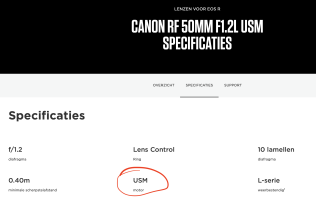Whew, good question.
At first, let me say that I’m just a photo enthusiast who hasn’t sold any pics so far. I’m not a pro who makes a living and who will a different opinion then I might have.
Shooting Astro with the 35mm F1.8 is challenging because you’ll a lot of the scene and due to the longer focal length your exposure time is limited. So, you’ll have to crank up the ISO on your camera.
Generally speaking: with the 35mm F1.8 you can nice, decent shoots of the nightsky, depending on how dark it really is in your area. The darker, the better. Of course, your frame will be rather tight, but you might manage to get the entire milky way in one shot.
I shot the milky way for the first time in 2019 in New Zealand and I´ve been waiting ever since to do that again. In New Zealand, I shot with the Sigma 20mm F1.4, the RF 35mm F1.8 and the EF 16-35mm F4. I opted to keep the pics of the Sigma 20mm because it is wider, brighter and liked the frame more. But I thought the IQ was better with the 35mm F1.8. I´ll check my external hard drive to see, if I still have those pics.
I did shot a time-lapse of the nightsky with the RF35mm from my balcony for practice… nothing special, but I kind of liked the IQ of it. I´ll try to post it here. I should note: I live in southwestern part of Germany in the distract with the fifth most-dense population… so, there is a lot of light pollution going here and the time lapse was „straight of the camera“ (EOS R) without any editing.
https://share.icloud.com/photos/06f57Pwy-kS5Yr2YF48xG7g5w
So, if you’re on no budget I’d opt for a UWA prime or at least a F2.8 zoom
If you’re on low budget, I’d opt a used the Sigma 20mm F1.4* (in Germany, you can get it for less than 600 €)
If you don’t want to spent any money on an astro lens, I’d go with the RF 35mm and try to get a panorama shot. (I didn’t really know how to do this in 2019… I now do) The RF 14-35mm (if it is in your kit) will get some decent, good shots as well, but in either way you might end longing for „more“ (ever since I have GAS for a 12-14mm F1.4/ F2 prime

because you’ll definitely will be missing something. But for fun shooting and experiencing something, it definitely is capable enough.
*Note: Laowa has a few „less than 1.000 $“ lenses (15mm F2/ 12mm F2.8) with manual focus which seem destined for astro. But I still haven’t tested/ used them.


